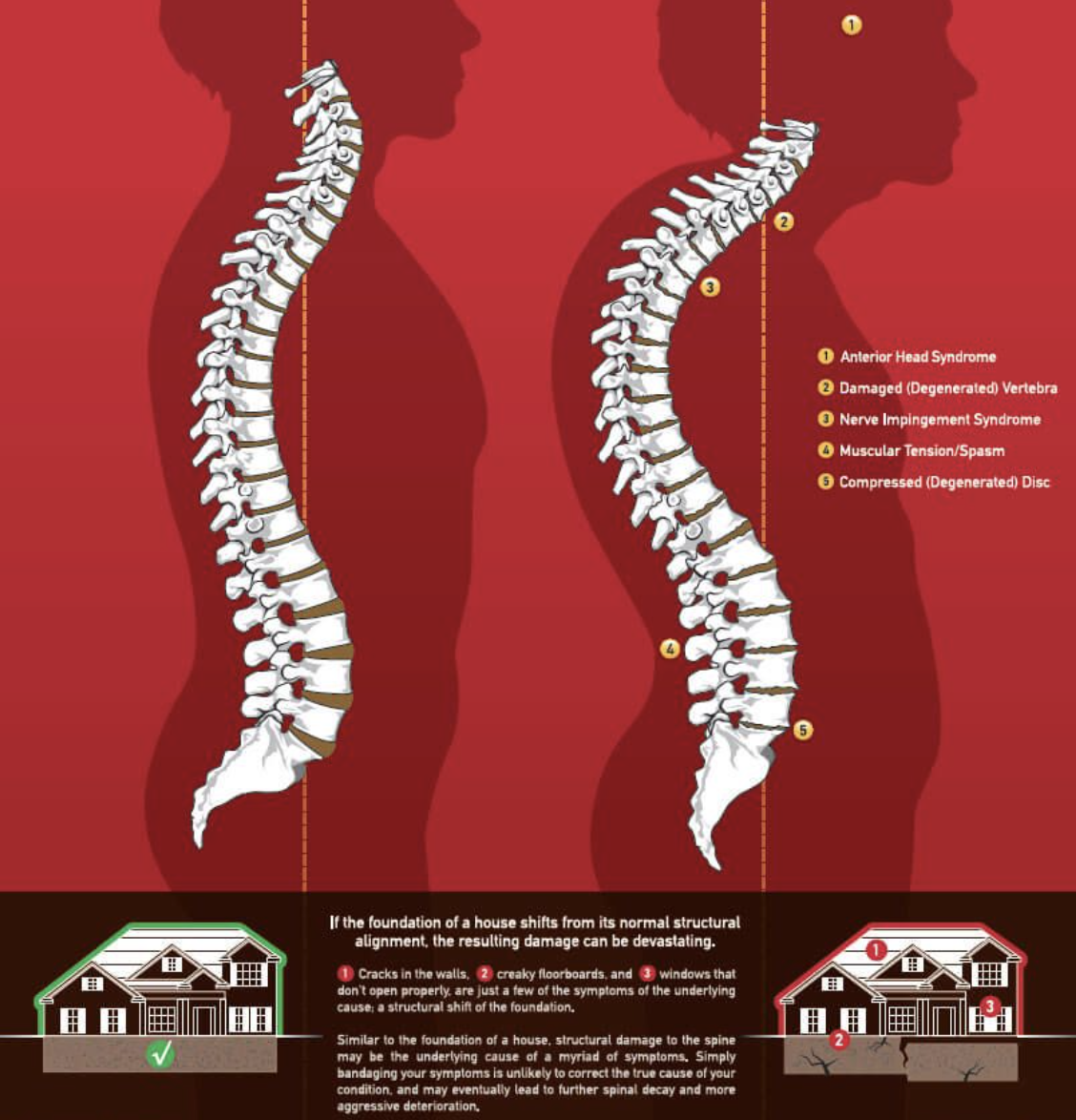structural & traditional chiropractic | shanghai Chiropractic
Not all chiropractors are the same. Although they share the same title, their philosophies and techniques can vary significantly. The two primary chiropractic approaches are conventional and structural chiropractic.
Conventional Chiropractic
The conventional chiropractic approach primarily focuses on alleviating symptoms or secondary conditions. The main objectives of traditional chiropractic care include:
- Temporary pain relief
- Reduced muscular spasm
- Increased range of motion
Structural Chiropractic
In contrast to conventional methods, structural chiropractic aims to correct the underlying causes of health issues. This approach focuses on the spine, the body's foundation, and addresses structural shifts. These shifts can affect discs, nerves, muscles, tendons, ligaments, and bones.
Understanding Structural Shifts
To grasp the concept of structural shifts, consider the analogy of blood pressure. Just as there is a range for normal blood pressure, there is also a range for normal structural alignment. Exceeding these normal ranges indicates a problem, similar to how a fever signals an underlying issue.
Think of your car’s dashboard with its warning indicators. These indicators alert you when there’s a problem within the vehicle. Similarly, symptoms in your body serve as warning signs of potential structural shifts. Misalignments in joints can impact associated structures like ligaments, discs, muscles, and other joints, ultimately affecting your physical function. Structural chiropractors work to detect and correct these misalignments, aiming to alleviate symptoms and promote overall healing.
Recognizing Secondary Conditions
Secondary conditions, or symptoms, often signal more severe underlying problems. They serve as the body's way of indicating dysfunction. Common symptoms addressed by chiropractors include:
- Back, hip, and neck pain
- Slipped, herniated, and bulging discs
- Tingling and numbness in extremities
- Muscular tension and spasms
- Sciatica and thoracic outlet syndrome
- Degenerative disc disease
- Tension and migraine headaches
- Degenerative joint disease
- Dizziness, balance issues, and vertigo
- Spinal canal stenosis
- Poor posture
- Restricted and stiff motion
- Rotator cuff and shoulder pain
- Muscular imbalance
- Carpal tunnel syndrome and wrist pain
If you experience any of these symptoms, it’s crucial to consult a chiropractor to determine if an underlying structural shift is present.
What Does a Structural Chiropractic Exam Involve?
A comprehensive structural chiropractic exam typically requires about 45 minutes. The examination includes neurological and orthopedic tests, as well as structural corrective radiography. Additionally, it involves grid posture analysis and a weight distribution test. These assessments are essential for detecting structural shifts and gaining a complete understanding of your condition, thereby facilitating more effective treatment.
Conclusion
A core mission of chiropractic care is to provide patients with objective and accurate information about their treatment options. This empowers patients to make informed decisions about their healthcare. If you are experiencing any secondary conditions, your chiropractor will identify the best treatment plan to achieve structural correction.
For more information on chiropractic care, visit Dr.Cho’s Gonstead Chiropractic Clinic at our office. contact us: gondroidjoe@gmail.com, 400 - 186 - 2116, WeChat ID: SinoUnited13 to schedule an appointment today.


